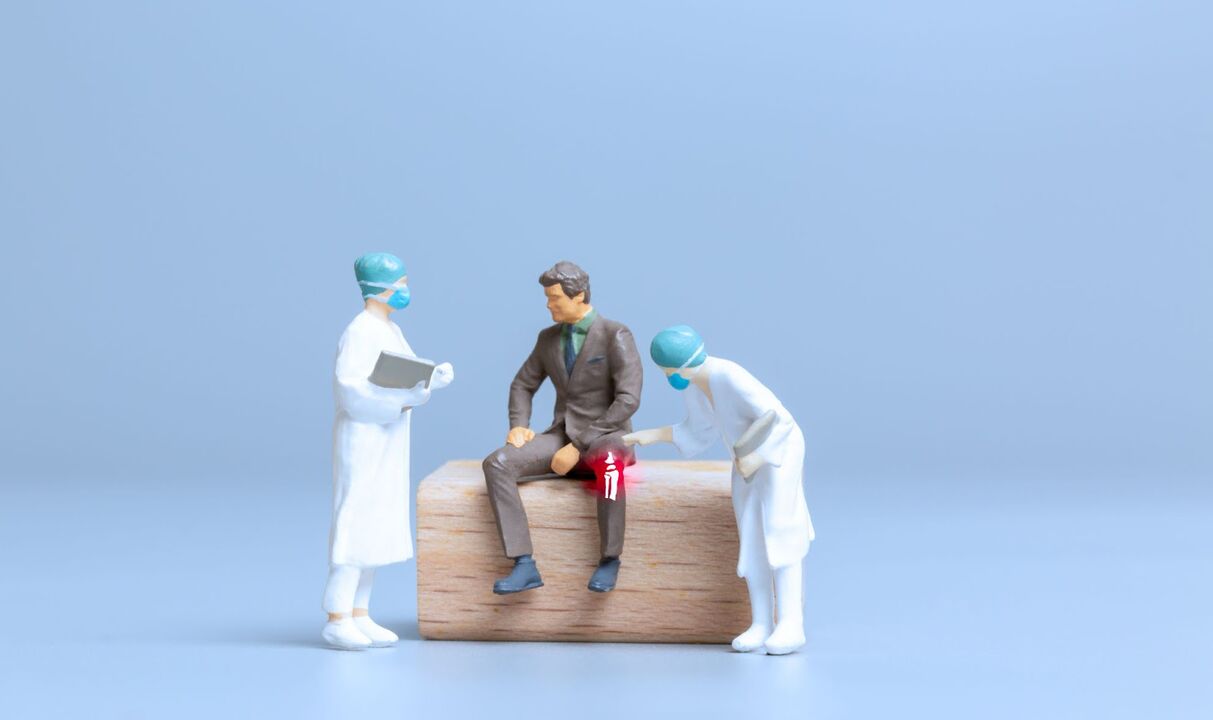Osteoarthritis and arthritis both affect joints and have similar symptoms. Therefore, they are often confused. Even their names are consonant, however, they are completely different diseases. If arthritis destroys the joints, then arthritis causes an inflammatory process throughout the body. This is the basic difference between osteoarthritis and arthritis. Now in more detail.
The most important thing about arthritis
Arthritis is a progressive disease caused by infection, immune system or metabolic, hormonal disorders. There are more than 200 varieties. The main symptom of arthritis is inflammation, swelling, and redness of the skin. In its severe form, the disease causes heart, kidney, and liver complications. At risk are people between the ages of 25 and 40.

Symptoms of Arthritis
The disease can be hidden. The first signs of arthritis are usually:
- Pain. It comes on suddenly and gets worse with movement. It is felt stronger at night, after sleep, feel stiff;
- Tissue change. Arthritis is characterized by swelling and redness of the skin, possibly with bursitis (the first case is synovitis, the second is the joint capsule);
- Increased temperature. As a rule, the temperature rises in the affected joints. High body temperature (38-39 degrees) can also be observed.
Symptoms that aggravate the manifestations of the inflammatory process:
- prostration;
- painful urination;
- chills;
- conjunctivitis.
If symptoms are ignored, the disease becomes chronic. As a result, the work of the internal organs will be disrupted, and the transformation of the joints can lead to disability.
The most important thing about arthritis
Osteoarthritis is a non-inflammatory disease that leads to deformation and destruction of cartilage tissue. Cartilage covers the surface of the joint and prevents the bones from touching each other. When there is order, the person moves freely and without pain. The causes of the pathology can be different: heredity, deviations in the structure of the joints, trauma, excessive loads. Unlike arthritis, the disease only affects the joints.
Osteoarthritis often develops in older people, as the joint surfaces wear down with age. The disease is also seen in people due to occupational stress on the joints of the hands, wrists and legs. Therefore, joint disease is also known as "athletes' disease" or "pianists' disease. "
Symptoms of Arthritis
The disease of letting go. In the early stages, symptoms may not appear. The first symptoms of osteoarthritis are usually:
- The joint is immobile after long sleep or rest, but this quickly disappears with movement;
- Crackling, clicking, clicking - all this is accompanied by a dull sound;
- Pain with movement and exertion.
In the later stages of arthropathy, symptoms are noticed: the joints become more immobile, pain appears, and the "stiff joint" syndrome also develops - soft cartilage tissue is replaced by bone growth. The development of the disease leads to immobilization of one or more joints.
Distinguishing signs of arthritis and joint disease

By carefully studying the symptoms and causes of dry joints and arthritis, you can easily notice the difference. We have combined the differences of the diseases to make this difference even more obvious.
signal |
dry joints |
Arthritis |
affected area |
Joints, cartilage, space between bones |
Joints, bones, internal organs: heart, liver, kidney |
Nature of the disease |
Destruction, destruction. Only joints are affected |
Inflammatory. Diseases affecting internal organs |
Common causes |
Increased stress on joints, genetics |
Severe infections, metabolic disorders |
Age |
It develops in people of late adulthood or old age. Risk factors - activities that involve excessive stress on the joints |
It develops in people between the ages of 25-40, but also occurs in adolescents and children |
Pain |
Usually this is a mild pain that occurs with exercise and electrical loads. In later stages, the pain becomes more intense. |
The pain is worse with movement, most noticeable in the early morning. |
Crunch and gnaw |
A deafening cry, dry squeak or growl are characteristic |
Does not belong to the characteristics |
Distortion |
The joint is deformed, an inflammatory process is manifested |
There are marks, swelling, redness and fever in the joint area. Distortion occurs if one disease has developed into another. |
Reduced mobility |
Arthritis is only associated with the affected joint. |
Stiffness throughout the body or joints |
Acute symptoms |
The joint "hardens" due to the formation of bone tumors. In this case, the person can no longer move his or her legs or fingers. |
High temperature - 38-39 degrees, conjunctivitis develops, there is trouble and fever |
Development of symptoms |
It grows slowly, in the early stages there are no symptoms |
In the early stages, there are symptoms of inflammation in the affected joint area. |
Prevention of arthritis and dry joints
The disease is easier to prevent than to cure. Disease prevention includes:
- Moderate physical activity - gymnastics, swimming, skiing, cycling are suitable;
- Joint fitness - you can do with a trainer at home therapy or stretching exercises;
- Proper nutrition - if there is a tendency to bone diseases, it is necessary to give up red meat and foods rich in fat. It is better to include more fruits and vegetables, fish and seafood in the diet. If you are overweight, you should follow a diet;
- Drink enough water - 2 liters per day. Alcohol should be given up.
To reduce the risk of disease, doctors recommend wearing comfortable shoes, not sitting cross-legged, not getting cold, and not overstressing.
If you are experiencing symptoms that resemble arthritis or dry joints, make an appointment at our Orthopedic Center. These diseases significantly reduce quality of life, so it is important to get a timely diagnosis and start treatment.















































